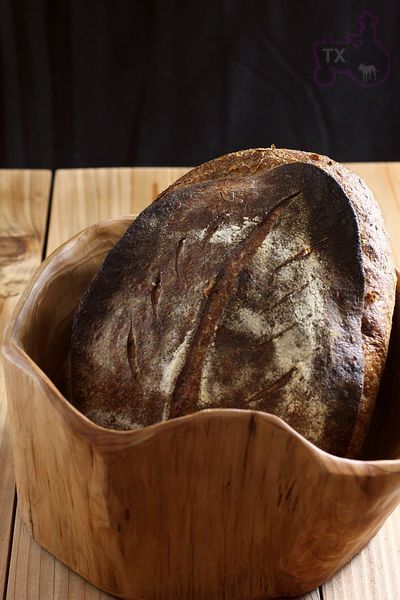Riffing on Hamelman's Multi-grain Levain
Today was a much needed day off from work. I love the new job, but we're pushing out about 650# of dough per day with an average of 3.4 bakers, and as our production is increasing we're going from comfortably busy to close to overwhelmed.
Anyway, a day to sleep in and generally relax, and of course, do some baking.
- Log in or register to post comments
- 26 comments
- View post
- wally's Blog




